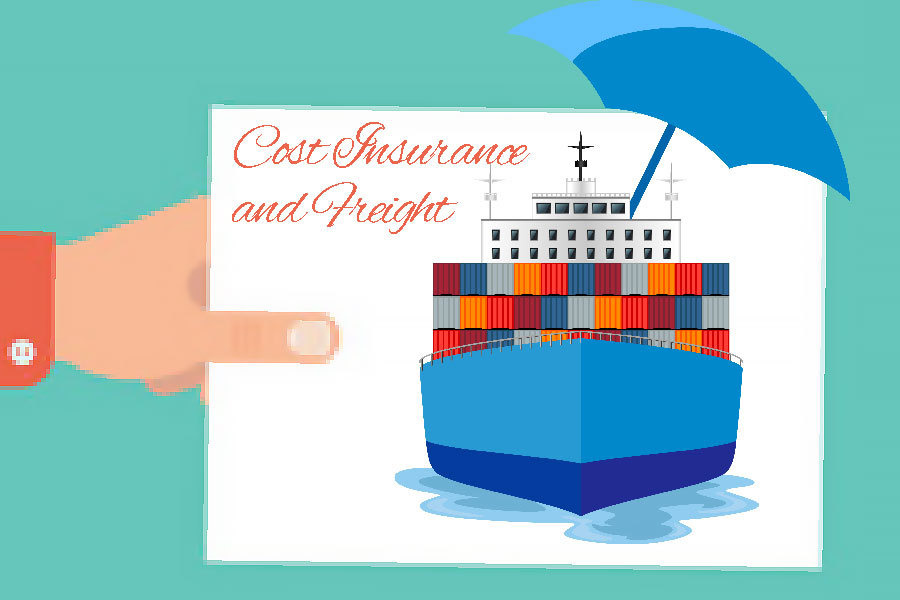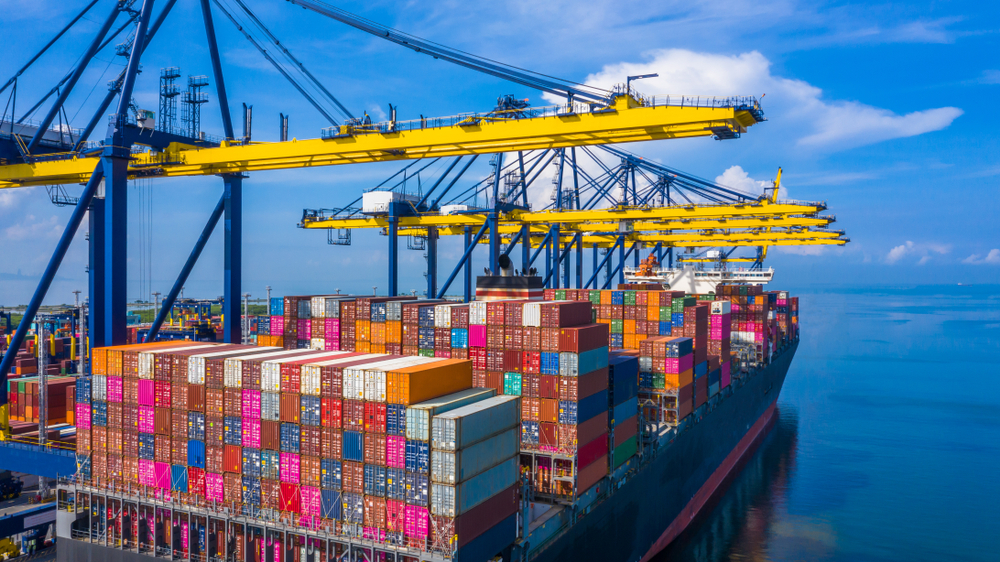Cost Insurance and Freight
A common method of import and export shipping, CIF determines when the responsibility for goods transfers from the seller to the buyer. It is an expense borne by a seller to cover the costs, insurance and freight of a buyer’s order while it is being transited. It is usually restrained to sea and inland water transportation.

Cost, insurance and freight, or CIF, denotes an expense borne by a seller to cover the costs, insurance and freight of a buyer’s order while it is being transited. If there is any loss or damage to the product until it is fully loaded onto a transport ship, the expenses will be paid by the seller. He must also pay the charges involved in additional customs duties, export paperwork, or inspections or rerouting of the product. However, once the freight has been stacked onto the vessel, it is the buyer who is responsible for all other costs.
At the same time, CIF cannot be used for air, rail and road transit. It is usually restrained to sea and inland water transportation. CIF is commonly used in the case of bulk cargo and non-containerised goods, or when the seller has direct access to the vessel for loading the goods.
The sellers have the following responsibilities under this conventional method of shipping goods:
- Purchasing export licenses for the product
- Loading of goods at the terminal port
- Covering the cost and contracts of moving or carrying the goods
- Insurance to protect the value of the order
- Providing inspections of products
- Covering the cost of any damage or destruction to the goods
- Delivering the goods to the ship within the agreed-upon timeframe
- Giving the buyer sufficient notice of delivery and providing proof of delivery and loading
- Processing duty after the goods reach the destination port rests with the buyer.
The seller has to furnish the buyer with following documents:
Bill of Lading
It is a document issued by the carrier acknowledging that the goods have been received from the shipper/exporter in good condition. It may have details like name and details of the shipping line, shipping bill number and date, description of the goods in the shipment & packaging details.
Commercial Invoice
It is a document (mandatory for all sea freight and airfreight shipments) provided by the exporter to the importer to clear the shipment at customs in the country of import. It is required in the post shipment process.
Insurance Certificate
Marine insurance implies the insurance of goods dispatched from the country of origin to the country of destination. This document transfers the legal liability of the goods from the parties and intermediaries involved to the insurance company. Goods should only be insured for transit by the forwarding agent, exporter or importer.
Packing List
This shipping document contains information about the contents of the exported goods. The Government of India has made it mandatory to have a commercial invoice-cum-packing list, or a separate invoice and packing list, to accompany all shipments. In order to reduce the number of mandatory documents, Indian customs accepts a combined commercial invoice and packing list.
Export License
It is an official document that gives you permission to send something out of the country for sale. Since countries have different trade agreements with other governments, and sometimes do not allow any trade with some nations, export licenses ensure that exporters are adhering to all applicable laws.
As soon as the goods change hands, the buyer must pay the agreed price and must, now, cover any additional transportation, inspection, and licensing costs.













Leave a comment